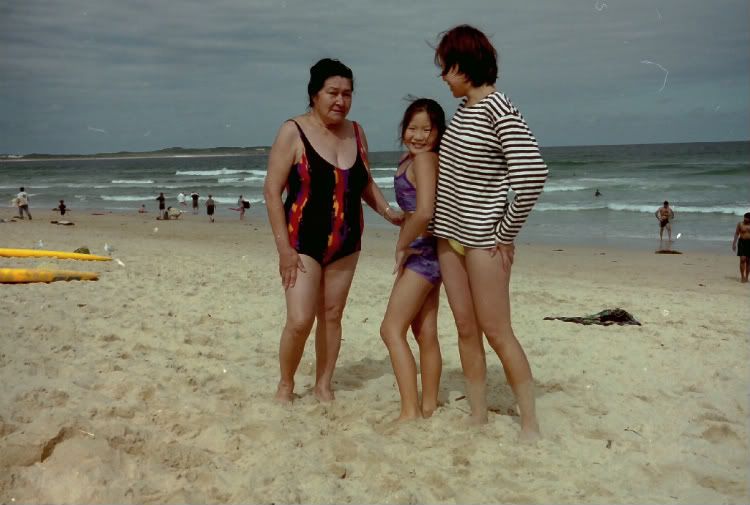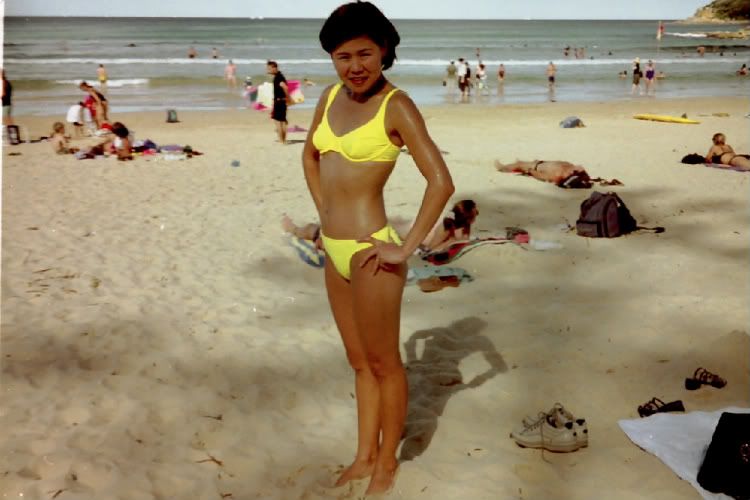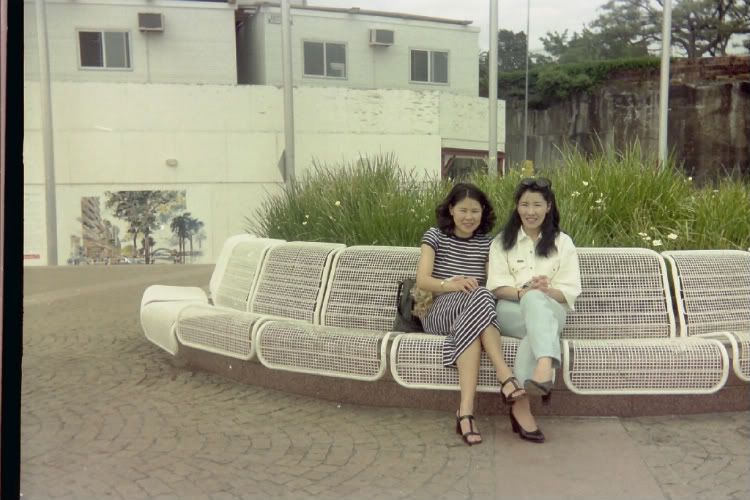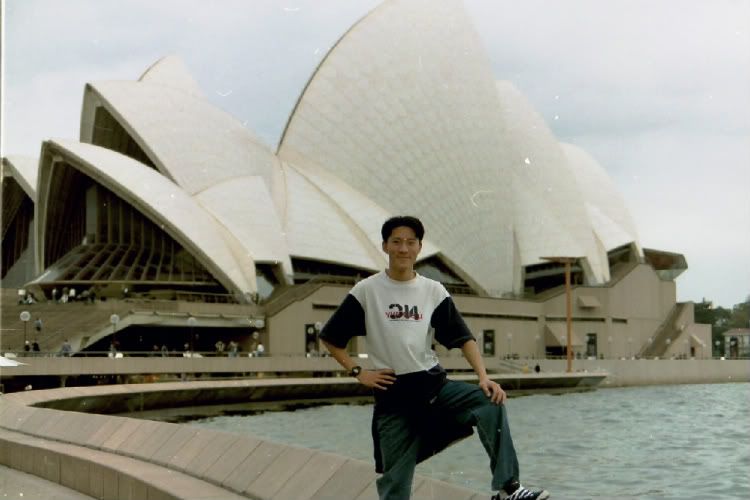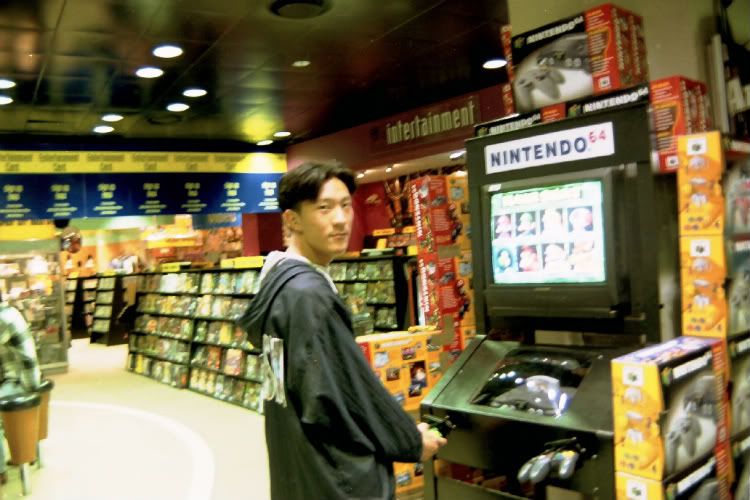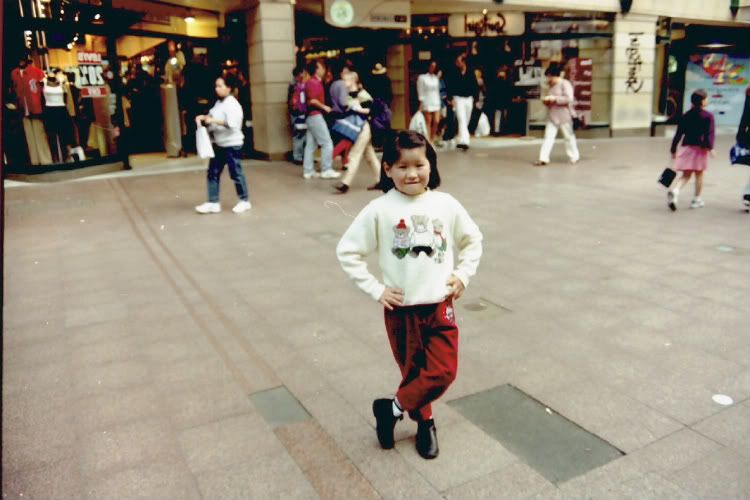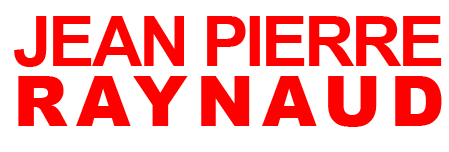
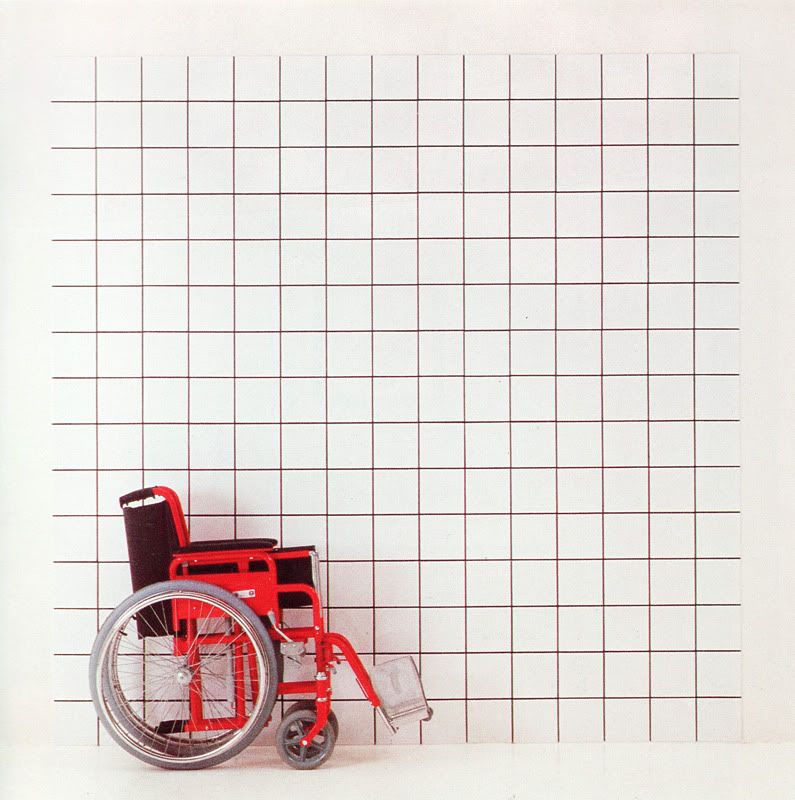
In a time like this one which is able, in a very surprising and fast way, to "analyse" and classify any esthetic product and any image, Jean-Pierre Raynaud’s works sits like a reflexion of the artist’s action in the contemporary society and reveals at the same time a coherent engagement where the artist really takes his responsibilities. The nine wheelchairs closed and unable to move are, more than a symbol or an evident metaphor of the cultural immobolity of the power, a stylistic process which breaks the syntactic regularity of a sentence and claims its own will to be provocative.
"The ideas and the facts are not but raw material of Art and Art consists in the choice between what we say and what we silence"
Spaced Out Bach Series by Joseph Payne
For many people (Bach) epitomises the unapproachable pinnacle of haute culture when it is displayed with tedious solemnity and catatonic introspection. No doubt, then, there are some who will bristle at yet another album of Bach spaced-out. Joseph Payne's mischievously simple notions are provocative: he exploits accessibility by a flexible approach- a performance oriented attitude. The result is a musician's Bach- a really authentic one, coloured by a decidedly philosophical bent. Payne believes the rationalist nymph of the Enlightenment, whose children we are, has led us astray, away from a proper understanding of Bach as the quintessential product of his age. We need firmly to banish her out of sight, looking instead to medieval and classical times for Bach's intellectual wellsprings. Bach, Newton and others of the last generation before the Englightenment embraced Pythagorean proportionalism through various intermediaries. Newton devoted his life to proving the literal truth of scriptures. His work in optics, time and space was incidental to that, and he himself regarded his numerological studies on the Bible as his most important works. Bach was a devout Lutheran, marinated in mystical, anti-rational theology having strong components of astrology and numerology.
Payne thinks inescapable the conclusion that Bach regarded number-magic as the divine tool of the Creator- a view that has not endeared him to musicologists. Like many sensitive people, Payne defends his ideas with humour. A stance of flippancy toward the world is the shell beneath which he broods. Brooding upon Bach, who produced an extreme emotional range of music from soul wrenching melancholia to racing exuberance, Payne finds an emotional compliment to his own inner life. That inner life comprises the ebb and flow of the performer who publicly displays his most intimate feelings, along with the piercing self knowledge of the inner directed man. Therein lies the unique vulnerability of the performer. His deepest feelings are subject to the casual taunts of culture vultures and self knowledge, given the reality of human nature, is the most insupportable of burdens. If Pythagoras and theology bore you, leave them go. Payne's Bach is plainly enjoyable, and that, after all, is how Bach should be. Just abandon yourself to the music.
For many people (Bach) epitomises the unapproachable pinnacle of haute culture when it is displayed with tedious solemnity and catatonic introspection. No doubt, then, there are some who will bristle at yet another album of Bach spaced-out. Joseph Payne's mischievously simple notions are provocative: he exploits accessibility by a flexible approach- a performance oriented attitude. The result is a musician's Bach- a really authentic one, coloured by a decidedly philosophical bent. Payne believes the rationalist nymph of the Enlightenment, whose children we are, has led us astray, away from a proper understanding of Bach as the quintessential product of his age. We need firmly to banish her out of sight, looking instead to medieval and classical times for Bach's intellectual wellsprings. Bach, Newton and others of the last generation before the Englightenment embraced Pythagorean proportionalism through various intermediaries. Newton devoted his life to proving the literal truth of scriptures. His work in optics, time and space was incidental to that, and he himself regarded his numerological studies on the Bible as his most important works. Bach was a devout Lutheran, marinated in mystical, anti-rational theology having strong components of astrology and numerology.
Payne thinks inescapable the conclusion that Bach regarded number-magic as the divine tool of the Creator- a view that has not endeared him to musicologists. Like many sensitive people, Payne defends his ideas with humour. A stance of flippancy toward the world is the shell beneath which he broods. Brooding upon Bach, who produced an extreme emotional range of music from soul wrenching melancholia to racing exuberance, Payne finds an emotional compliment to his own inner life. That inner life comprises the ebb and flow of the performer who publicly displays his most intimate feelings, along with the piercing self knowledge of the inner directed man. Therein lies the unique vulnerability of the performer. His deepest feelings are subject to the casual taunts of culture vultures and self knowledge, given the reality of human nature, is the most insupportable of burdens. If Pythagoras and theology bore you, leave them go. Payne's Bach is plainly enjoyable, and that, after all, is how Bach should be. Just abandon yourself to the music.
Subscribe to:
Posts (Atom)




